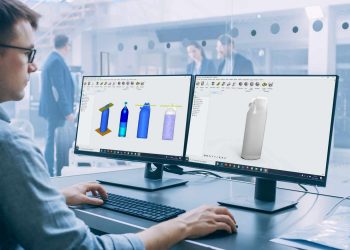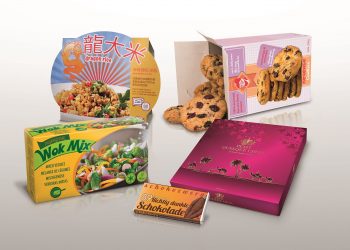Selection of material or combination of materials plays an important role in determining the shelf -life of the product, be it a F&B or FMCG or Cosmetics or pharmaceutical drug preparation.
Today world over, F&B & FMCG brand owners are focusing their attention to develop packaging structures that conform to the principles of sustainability & enable the push towards achieving Circular Economy. Essentially, it is a dilemma when it comes to deciding between plastics & glass.
Some of the key elements which govern quantification of sustainability are highlighted below:
– Life Cycle Assessment
– Carbon footprinting
– Sustainable packaging
– Design for Recyclability
– Recycled Content
– Environmental Impact
– Responsible sourcing
– Eco-labelling
– Supply chain resilience
– Transport Efficiency
– Cleaner & Energy Efficient Production
How do we measure environmental impact?
Environmental impact can be measured in a variety of impact categories. A commonly used one is Global Warming Potential (GWP), which is indicated in kg of CO 2(As CO2 -equivalent).
However, CO2 does not take plastic waste or toxicity into account. And of course, plastic waste cannot be measured solely in CO2 as recyclability is one of the main concerns.
Environmental Cost Indicator (ECI), a Dutch environmental indicator, that combines all environmental indicators into one monetary value. This monetary value takes into account CO2 as well as toxicity and many other environmental effects.
The analysis is based on a Life Cycle Assessment (LCA), the standard calculation method for environmental impacts across the life cycle of a product or service.
A detailed analysis has been published (1) recently & the key findings are:
– PET scoring lower overall life cycle impacts compared to glass.
– While the depicted comparison is based on CO2 impacts, the environmental cost indicator (that contains more than just CO2 impact), shows an even bigger difference: Here, PET plastic is an improvement of up to 80% towards the glass. Again, the significantly higher weight of the glass jar leads to a much higher impact.
– The impact of waste management is higher for PET compared to glass, but compensated by lower impacts of the raw material.
Reference 1: https://ecochain.com/story/case-study-packaging-plastic-vs-glass/
Dr. R. Rangaprasad, is currently Business Head, Packaging 360, a Mumbai based knowledge service provider vertical under Catalyzing New Technology (CNT) Expositions & Services LLP. Packaging 360 is a comprehensive knowledge sharing ecosystem for the Indian packaging industry (www.packaging360.in).
Dr. R. Rangaprasad is a chemical technologist by training having earned his Ph.D. (Tech) degree from UDCT (now ICT) in 1992.







